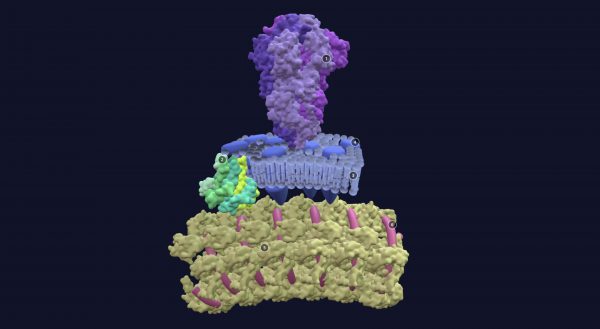As countries around the world race to learn about the SARS-CoV-2 virus that caused the 2019 coronavirus disease (COVID-19) pandemic, scientists have gained more and more information about the viral components that make up infectious particles. Although every new discovery about SARS-CoV-2 provides scientists and governments with important new information, none of them can provide a clear overview of the virus particles. Now, the cooperation between experts has…
Brain Imaging Reveals the Mysteries of Aging
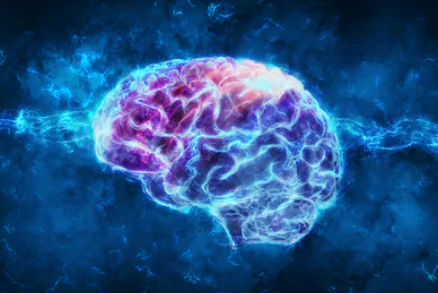
In a recent study, scientists took the first overall color picture of mice of different ages, which is an important step in understanding individual behavior. The results of the study, published in the journal Science, are key to revealing the mechanisms of learning disabilities, dementia, and how memory is affected by age. Synapses are important connections between brain cells to transmit electrical and chemical information. Synapse damage is associated…
Nature: A Human Antibody Can Potently Neutralize Multiple Coronaviruses Including Sars-Cov and Sars-Cov-2
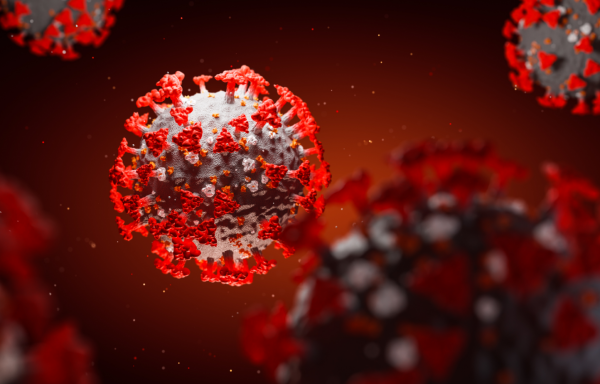
In a new study, researchers from the Swiss Humbs Biomed SA and the University of Washington found an antibody identified for the first time in blood samples from a patient with the severe acute respiratory syndrome (SARS, commonly known as atypical pneumonia) in 2003 which can inhibit related coronaviruses, including the new coronavirus SARS-CoV-2 that causes 2019 coronavirus disease (COVID-19). This antibody, called S309, is currently in rapid development and…
PNAS: Reveal the Cause of Sars-Cov-2’s High Infectivity and Concealment!
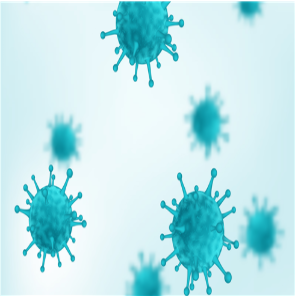
The SARS-CoV-2 virus that causes COVID-19 is highly contagious. Strangely, in many patients, it can cause a poor immune response, thereby prolonging the disease. This contributes to the widespread of the virus and exacerbates the global pandemic. In a new study published in the Proceedings of the National Academy of Sciences, researchers at the University of Minnesota have discovered a biochemical mechanism that may explain how the virus can effectively…
Nature Reveals Why SARS-CoV-2 Infects Cells So Easily
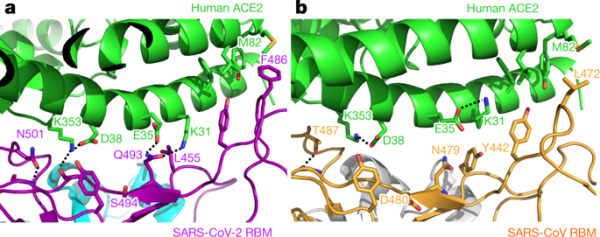
According to a new study, the protein used by coronaviruses to attach to human cells has a compressed “ridge”, which allows it to attach to human cells more firmly than similar viruses, allowing it to infect better and spread faster. According to a previous field scientific report, the new coronavirus, SARS-CoV-2, attaches to human cells through something called a “spike protein”. When the spike protein binds to a human…
Baicalin and Baicalein Can Effectively Inhibit SARS-CoV-2, Study Found
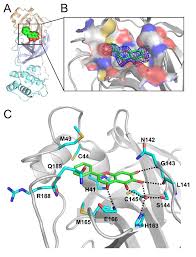
Human infection with severe acute respiratory syndrome type 2 coronavirus (SARS-CoV-2) can cause coronavirus disease (COVID-19), and there is currently no cure. 3c-like protease (3CLpro) is a highly conserved protease essential in the process of coronavirus replication and is a promising target for the development of broad-spectrum antiviral drugs. In order to accelerate the discovery and development of drugs, researchers from Shanghai Institute of Materia Medica, Chinese Academy of…
First Direct Sequence of SARS-CoV-2 RNA Achieved
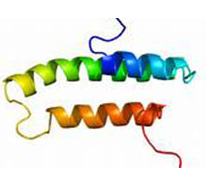
The Lachlan Coin and Sebastian Duchene teams and collaborators in the Department of Microbiology and Immunology, University of Melbourne, Australia, provided the first direct RNA sequence of the SARS-CoV-2, detailed the mRNA structure of the subgenome length of this coronavirus, and described various aspects of coronavirus evolutionary genetics revealed from shared data. Relevant articles were released on March 7 on the preprint server bioRxiv. SARS-CoV-2 is a positive single-stranded…
Developing New Technologies to Imaging the Immune Cell Microenvironment
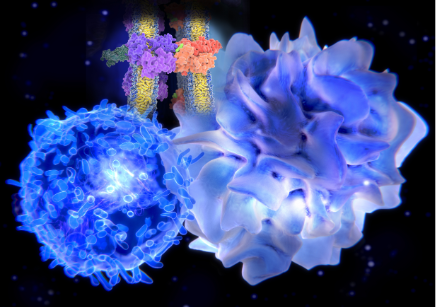
To develop drugs that target specific cell surface proteins, it is helpful to understand other proteins in its vicinity. The pathology of many diseases can be understood by elucidating local biomolecular networks or microenvironments. To this end, the enzymatic proximity labeling platform is widely used to map a wider range of spatial relationships in subcellular structures. However, there has long been a search for techniques that can map the microenvironment…
Science: Structurally Revealing the Mechanism of INSTI Drug Binding to HIV Intasomes
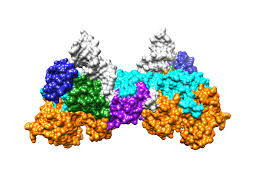
In a new study, researchers from the National Institute of Diabetes and Digestive Diseases, the National Cancer Institute, the Shake Institute for Biology, and the Scripps Research Institute have discovered a key part of how a powerful class of HIV drugs binds the HIV intasome. By solving for the first time the three-dimensional structure of this intasome when combined with different drugs, they discovered what makes this class of drugs…
New Study Redefined the Understanding of T Cell Recognition
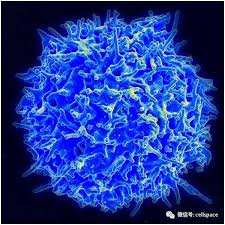
T cells are a key component of our immune system and play a key role in protecting us from harmful pathogens such as viruses and bacteria, as well as cancer. The more we know about how they recognize, act on, or even kill infected cells or cancer cells, the closer we can get to developing drugs and treatments for various diseases. In a new study, researchers from Monash University…
